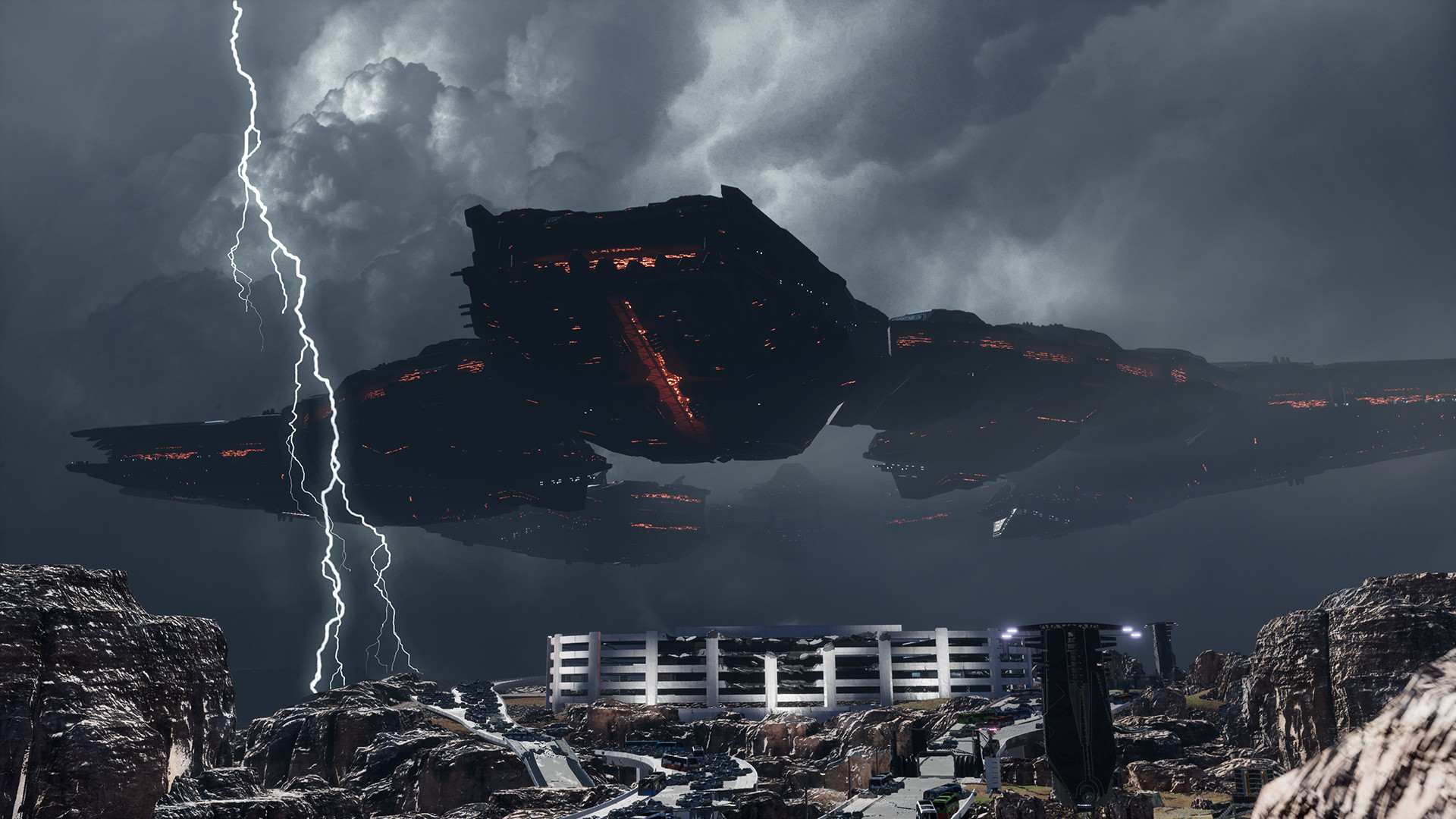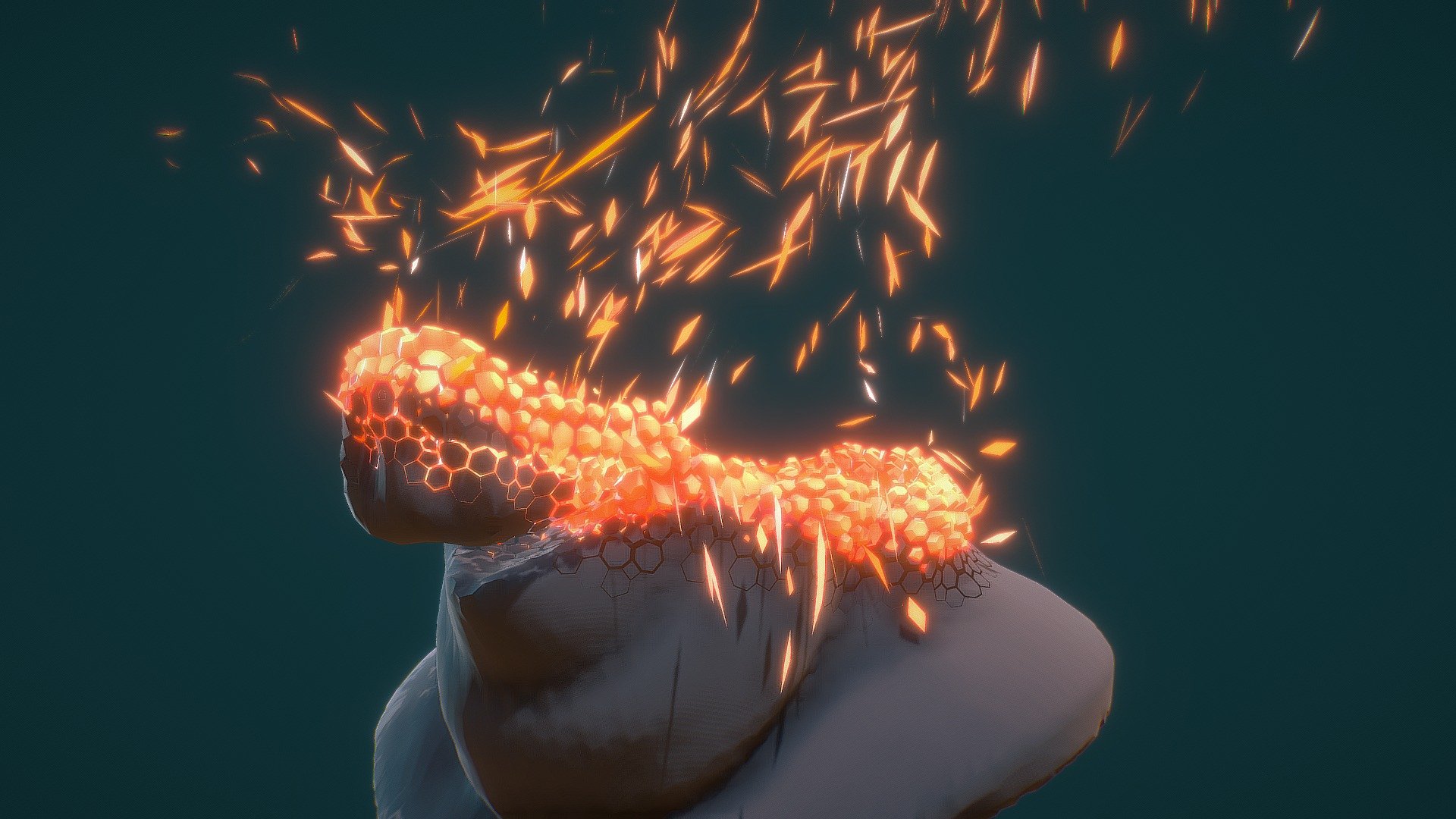
“It was great to be able to hire them back as colleagues for V1 Interactive. “That’s when I started reaching out to my old colleagues from Bungie who I worked with for many years and hired 10 or 15 years ago,” said Lehto. When Disintegration’s development started out, Lehto planned on funding the production out of his own pocket- but when he signed on with publisher Private Division, things started changing. In fact, according to Lehto in an interview with VGC, his recruitment of Bungie staff made the leadership at Bungie none too happy. Hell, even its transformation from a strategy game to a shooter during early development mirrors Halo’s own transformation nearly two decades ago.Īnd for Disintegration’s development, Lehto has tapped up talent in the industry that he has worked with in the past- which, of course, includes many former Bungie employees. For further information, please contact the cited source.Halo co-creator Marcus Lehto and his team at V1 Interactive are gearing up for next year’s launch of their new shooter-strategy hybrid Disintegration, and the game bears more than just a passing resemblance to Lehto’s previous creation. Note: material may have been edited for length and content. This article has been republished from the following materials. Distortions in time perception during collective trauma: Insights from a national longitudinal study during the COVID-19 pandemic. Reference: Holman EA, Jones NM, Garfin DR, Silver RC.
STAFF OF DISINTEGRATION HOW TO
“This will help us gain insight into how these common experiences during the pandemic work together, so we can better understand how to help people struggling with these challenges.” We are now looking at temporal disintegration, loneliness, and mental health outcomes over 18 months into the pandemic,” Holman said. “Given that distortions in time perception are a risk factor for mental health problems, our findings have potential implications for public health.

26, 2020 with respondents who had completed a mental and physical health survey prior to the COVID-19 outbreak. Surveys were conducted during March 18-Apand Sept. Researchers assessed results of responses regarding distorted time perceptions and other pandemic related experiences from a probability-based national sample of 5,661 participants from the National Opinion Online Research Center AmericaSpeak panel. There are relatively new therapies that can be used to help people regain a more balanced sense of time, but if we don’t know who is in need of those services, we can’t provide that support.” This study is the first to document the prevalence and early predictors of these time distortions. “We were able to measure this in a nationally representative sample of Americans as they were experiencing a protracted collective trauma, which has never been done before. “Continuity between past experiences, present life and future hopes is critical to one’s well-being, and disruption of that synergy presents mental health challenges,” said corresponding author E. The team also found that pandemic-related secondary stresses such as daily COVID-19-related media exposure, school closures, lockdowns and financial difficulties were predictors of distortions in perceived time.

The study, recently published online in the journal Psychological Trauma: Theory, Research, Practice, and Policy, documents how pervasive the experience, known as “temporal disintegration” in psychiatric literature, was in the first six months of the pandemic.

In prior work, these distortions have been associated with persistent negative mental outcomes such as depression and anxiety following trauma, making them an important risk factor to target with early interventions, according to a study by University of California, Irvine researchers. The passage of time was altered for many people during the COVID-19 pandemic, ranging from difficulty in keeping track of days of the week to feeling that the hours themselves rushed by or slowed down.


 0 kommentar(er)
0 kommentar(er)
